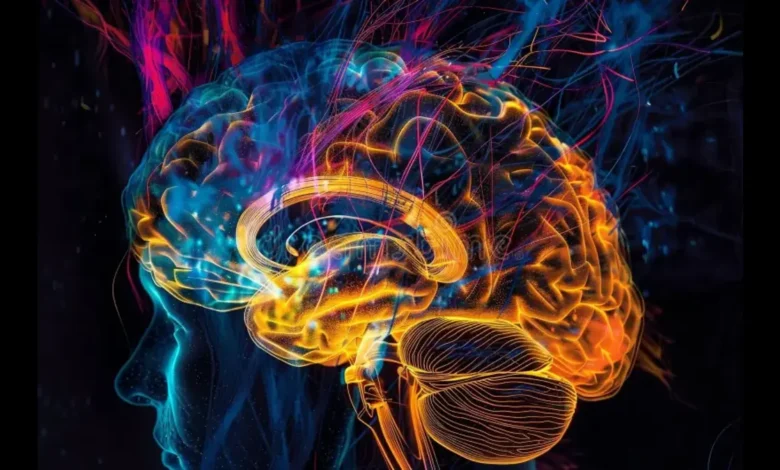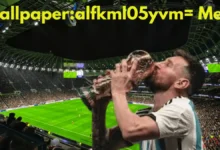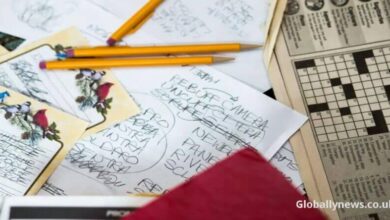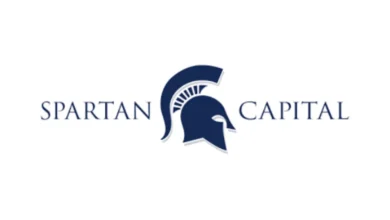From Doodles to Designs: The Impact of clipart:ee-zgj_h1oc= brain Engagement

Doodles, sketches, and whimsical graphics have taken on a life in digital design. Clipart:ee-zgj_h1oc= brain has transformed simple illustrations into powerful tools that enhance creativity and engagement across various platforms. Whether you’re creating an eye-catching presentation for work or designing educational materials for students, clipart offers endless possibilities.
Imagine scrolling through a sea of vibrant images that catch the eye and effortlessly convey complex ideas. You can elevate your project from mundane to memorable with just a click. The impact of these visual elements goes far beyond aesthetics; they engage our brains in unique ways. Let’s dive deeper into the fascinating world of clipart and explore how it shapes communication and creativity today!
Understanding Clipart and Its Uses
Clipart:ee-zgj_h1oc= brain to ready-made images or illustrations in various digital and print projects. These graphics come in multiple styles, from playful cartoons to elegant icons. This versatility makes clipart a go-to resource for designers, educators, and business professionals.
Its primary purpose is to enhance visual storytelling. When words alone can’t convey a message, clipart fills the gap. It provides context, evokes emotions, and simplifies complex ideas.
From educational materials like worksheets and presentations to marketing collateral such as brochures or social media posts, clipart finds its place everywhere. The beauty lies in its accessibility; anyone with basic design skills can incorporate these visuals seamlessly into their work.
Moreover, using clipart saves time when creating original graphics while allowing for creative expression and engagement with the audience.
The Evolution of Clipart:ee-zgj_h1oc= brain in Digital Design
Clipart:ee-zgj_h1oc= brain has come a long way since its inception in the early days of technology. Once limited to simple black-and-white images, it now embraces vibrant colors and diverse styles.
With the advent of desktop publishing, clipart became widely accessible. Designers could easily incorporate visuals into their work, revolutionizing how information was presented.
As software evolved, so did clipart’s complexity. Today’s collections include 3D graphics and animated designs that captivate viewers’ attention. Digital platforms have transformed this art form into an interactive experience.
Additionally, user-generated content has played a significant role in this evolution. Artists from around the globe contribute unique illustrations that reflect various cultures and trends.
In essence, clipart is no longer just a decorative element; it is an essential component of modern design language that continually adapts to meet creative demands.
The Influence of Clipart on Brain Engagement
Clipart:ee-zgj_h1oc= brain a remarkable ability to capture attention. It transforms text-heavy information into visually appealing content. This shift is crucial in how our brains process and retain information.
When images accompany words, they create meaningful connections. Our minds are wired to respond more effectively to visuals than plain text. Clipart acts as a cognitive anchor, making complex ideas easier to grasp.
Moreover, colorful and engaging Clipart:ee-zgj_h1oc= brain can evoke emotions, sparking curiosity and interest. The right image can trigger memories or thoughts that enhance understanding.
Research shows that incorporating visual elements significantly aids retention. When we see an illustration alongside written material, comprehension improves dramatically.
Effectively using clipart in educational settings or marketing materials harnesses this brain engagement power wonderfully. It’s not just decoration; it’s a tool for deeper learning and connection with the audience’s mental landscape.
How Clipart Enhances Visual Communication
Clipart:ee-zgj_h1oc= brain acts as a bridge in visual communication, bringing ideas to life quickly and effectively. It simplifies complex concepts by providing relatable images that enhance understanding.
When words fail, Clipart:ee-zgj_h1oc= brain steps in. Whether a cheerful icon or an informative graphic, these visuals captivate attention and clarify the message.
Colorful illustrations evoke emotions and spark interest. They transform dull presentations into engaging experiences that resonate with audiences of all ages.
Moreover, clipart can convey cultural nuances that text alone might miss. A well-chosen image speaks volumes across language barriers.
In educational settings, clipart aids learning by breaking down information into digestible pieces. Students often find visual aids more memorable than traditional methods.
Using diverse styles of clipart enriches content while encouraging creativity. The right touch of imagery can significantly elevate newsletters, reports, and digital content.
The Benefits of Using Clipart for Businesses and Education
Clipart is a powerful tool for businesses and educational institutions. It can transform mundane presentations into vibrant visual experiences. A well-placed image captures attention instantly, making content more memorable.
For businesses, clipart enhances branding efforts. Custom graphics can convey messages that resonate with clients and customers alike. This visual appeal fosters engagement in marketing materials and social media posts.

In education, clipart:ee-zgj_h1oc= brain simplifies complex concepts. Teachers use it to make lessons more approachable for students of all ages. Visual aids cater to diverse learning styles, ensuring everyone grasps the material effectively.
Moreover, integrating clipart saves time and resources. Instead of creating original graphics from scratch, educators and marketers can quickly find suitable images online or in design software—allowing them to focus on their core tasks while still presenting polished work.
Challenges and Criticisms of Clipart Usage
While clipart:ee-zgj_h1oc= brain can add flair, it has its challenges. One significant issue is the overuse of generic images. When everyone grabs from the same clipart pool, many designs look alike.
Another concern is copyright infringement. Not all clipart is free; businesses must navigate these legal waters carefully. Missteps can lead to costly repercussions.
Quality also varies significantly among available options. Some clipart might need more detail or be updated, diminishing its effectiveness in modern design contexts.
Moreover, relying too heavily on clipart:ee-zgj_h1oc= brain can stifle creativity. It may tempt designers into using pre-made visuals instead of crafting unique imagery tailored to their message.
Some audiences perceive clipart as unprofessional or juvenile. To maintain credibility, a brand must thoughtfully address this stigma within its visual strategy.
Future Trends in Clipart and Design
As technology advances, the future of Clipart:ee-zgj_h1oc= brain is bright and dynamic. We are witnessing a migration towards 3D graphics and animations. This shift adds depth to traditional flat designs, making them more engaging.
Artificial intelligence plays a crucial role, too. AI-generated clipart can offer limitless customization options tailored to individual needs. Designers will have access to unique resources that evolve with trends in real time.
User-generated content is another exciting trend. Platforms that allow users to create and share their own clipart foster community innovation while diversifying design choices available for everyone.
Sustainability is also becoming central. Eco-friendly clipart:ee-zgj_h1oc= brain digital art practices are emerging, encouraging artists to consider environmental impacts.
These evolving elements promise an exciting landscape where creativity knows no bounds, transforming how we perceive and utilize clipart in design projects across various industries.
Conclusion: Embracing the Power of Clipart:ee-zgj_h1oc= brain for Creativity and Engagement
Embracing the power of Clipart:ee-zgj_h1oc= brain can transform how we approach creativity and engagement. Whether it’s in education, marketing, or personal projects, clipart serves as a bridge that connects ideas with audiences. It simplifies complex concepts and adds an element of fun to learning and communication.
As we navigate a visually driven world, using clipart effectively can enhance our messages while sparking interest. Its versatility means something for everyone—whimsical illustrations for children or sleek designs for corporate presentations.
The future holds exciting possibilities as technology evolves. With advancements in design tools and resources becoming more accessible, the potential for innovative use of clipart is vast. By integrating these visual elements thoughtfully into our work, we elevate aesthetics and engage minds on a deeper level.
Embracing Clipart:ee-zgj_h1oc= brain opens doors to creative expression and meaningful connections across various platforms. It’s time to explore this vibrant world of visuals and see where your imagination takes you.





